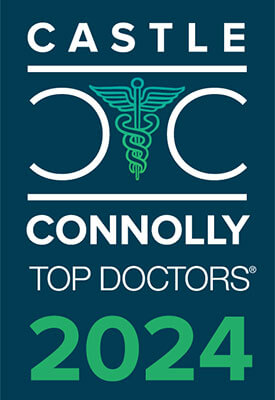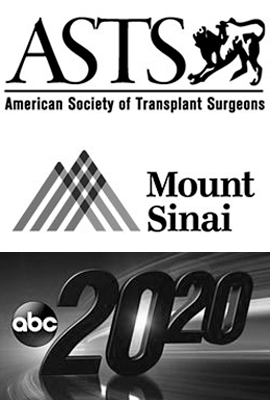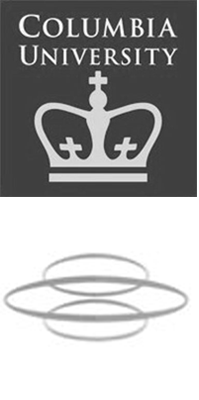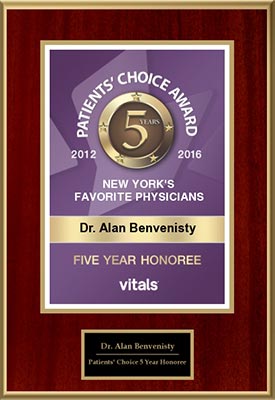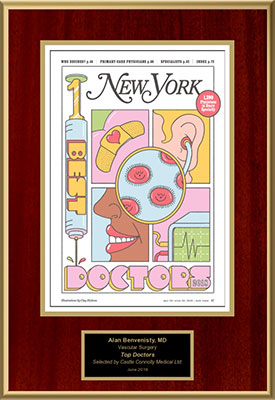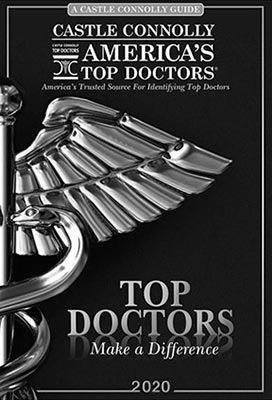Varicose and Spider Veins
As large, raised blood vessels that are stretched and damaged beneath the skin, varicose veins typically develop in the legs and are easily noticeable. Though smaller, spider veins also develop in the legs and are easy to see. They appear as red, blue and purple lines that twist. While varicose and spider veins are unsightly, particularly for women, they may also cause aching and cramping in the legs, restlessness, burning, tingling and heaviness. Occurring less frequently are ulcers, darkening of the skin (around ankles) and swelling. Even so, a painful blood clot may form in some cases, resulting in a condition called thrombophlebitis.
Potential causes of varicose and spider veins include:
- Heredity (defective valves)
- Work that requires standing or sitting for long periods of time
- Obesity
- Hormonal changes due to pregnancy, puberty and menopause
- Birth control pills
- Family history of blood clots or varicose veins
- Trauma or Injury to skin
- Ultraviolet (UV) rays
- Previous vein surgery
Varicose and spider veins tend to worsen over time. While individuals may be encouraged to lose weight, modify lifestyle habits or practice self-care such as compression stockings, it’s important to contact a physician if pain increases or if leg sores develop that do not heal.
With a particular interest in non-surgical, non-invasive treatment of varicose veins, Dr. Alan I. Benvenisty, MD is a highly respected vascular and endovascular surgeon in New York City. Committed to the philosophy of treating patients as individuals, many seek Dr. Benvenisty’s expertise for their vein conditions. To schedule an appointment with Dr. Benvenisty, contact his office on Amsterdam Avenue today.
Non-Invasive Varicose Vein Treatment
While normal valves in the leg maintain blood flow upwards towards the heart, defective valves result in blood collecting or pooling back into the vein. As the blood continues to collect, the vein swells and the result is a varicose vein. Affecting nearly 50 percent of the population, varicose veins are common. Yet, with increasing pain, leg swelling, skin conditions and blood clots, intervention is necessary to prevent further problems.
Treatment for varicose and spider veins may include more traditional approaches such as wearing compression stockings to reduce pain and discomfort or lifestyle modifications such as weight loss, better skin hygiene or walking. Yet, non-invasive varicose and spider vein therapy proves to reduce leg pain while improving the appearance of the leg with very little swelling, scarring or bruising. Consider the following treatments:
- Sclerotherapy: is most effective for treatment of spider veins. The treatment involves injecting a saline or chemical solution into the varicose or spider vein. The vein hardens and disappears.
- Laser treatment: using small bursts of light therapy on the surface of the skin, smaller varicose veins begin to disappear.
- Phlebectomy: is best for treatment for surface varicose veins, small cuts are made near the damaged vein and the vein is removed.
- Ablation: using intense heat to treat veins, doctors may opt to use a radiofrequency energy or laser energy method. The varicose vein is punctured, and a catheter is guided through the vein towards the groin. Heat from the catheter closes off and ultimately destroys the vein, causing it to disappear.
As with any vein treatment, risks are associated with vein therapy, including nerve damage, vein irritation, bruising, scarring and blood clots. This is why it’s important to seek a vascular specialist with expertise in treatment of varicose and spider veins.
A New York City vascular and endovascular surgeon, Dr. Alan Benvenisty has played a major role in the successful treatment of varicose and spider veins, with a particular interest in non-invasive methods. With his work chronicled in several newspapers throughout the city, it’s easy to see why many seek Dr. Benvenisty’s expertise for a variety of vascular and vein conditions. To schedule an appointment with Dr. Benvenisty, contact our office on Amsterdam Avenue today.


